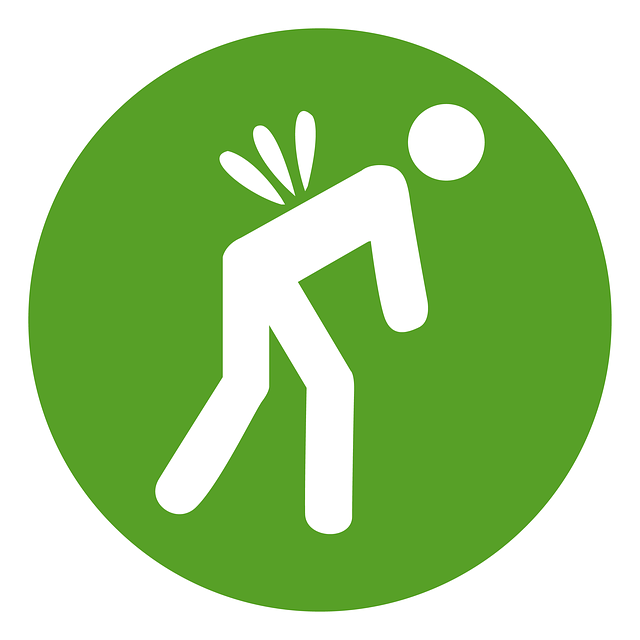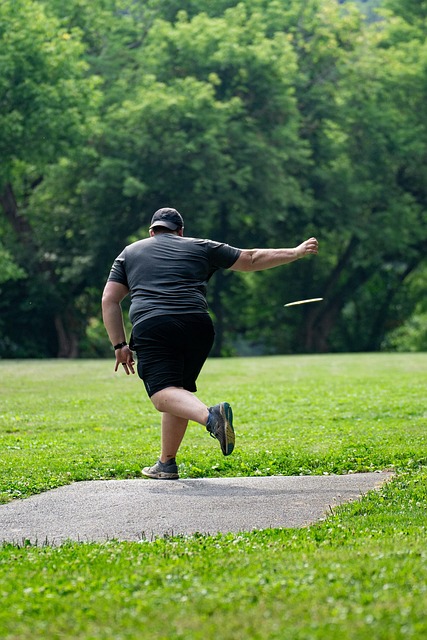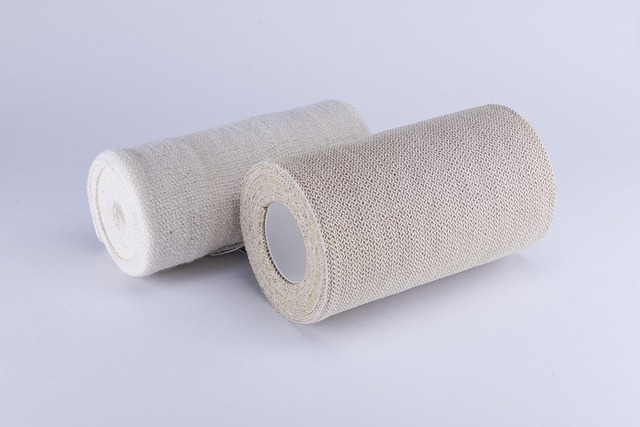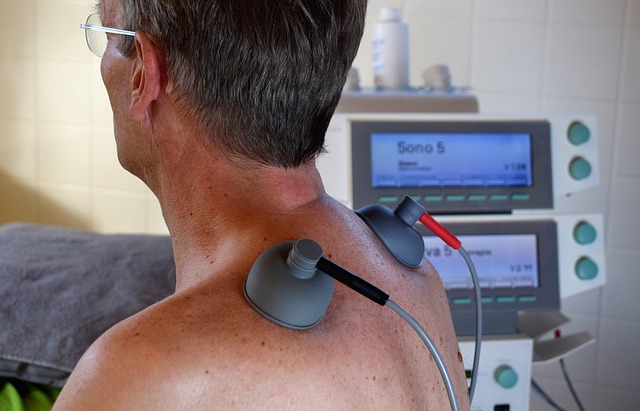Auto accident victims experiencing sciatica can find relief through chiropractic care, a non-surgical solution focusing on spinal manipulation and adjustments to reduce nerve pressure and restore joint function. Chiropractors tailor personalized treatment plans that include therapeutic techniques like heat/ice therapy, electrical stimulation, and stretching exercises for effective pain management and healing. Proper post-accident recovery involves seeking medical attention, maintaining good posture, exercising regularly, and managing stress to prevent symptom exacerbation.
After a car accident, sciatica—pain that originates in the lower back and radiates down the leg—can persist long after initial injuries heal. This comprehensive guide explores effective strategies for managing chronic sciatica post-accident. We delve into understanding the condition’s mechanisms following auto accidents and highlight chiropractic care as a non-invasive treatment option. Additionally, we provide preventative measures and recovery tips to help individuals navigate their journey towards lasting relief from sciatica pain.
- Understanding Sciatica After an Auto Accident
- Chiropractic Care: A Non-Invasive Approach for Long-Term Relief
- Post-Accident Recovery and Preventative Measures for Sciatica Management
Understanding Sciatica After an Auto Accident

Sciatica, a condition characterized by pain that radiates along the path of the sciatic nerve, is a common outcome following auto accidents. In such incidents, trauma to the lower back and hips can cause compression or irritation of this nerve, leading to acute and often debilitating pain that may last for weeks or even months.
Chiropractic treatment for sciatica after an auto accident has gained popularity as a non-surgical approach to managing this condition. Chiropractors employ various techniques, including spinal manipulation and adjustments, to alleviate pressure on the affected nerves, restore joint function, and reduce inflammation. This holistic method focuses not only on relieving symptoms but also on promoting the body’s natural healing processes.
Chiropractic Care: A Non-Invasive Approach for Long-Term Relief

Chiropractic care offers a non-invasive approach to managing and alleviating long-term sciatica after an auto accident. Chiropractors focus on adjusting the spine and joints, aiming to reduce pressure on the nerve roots that are often compressed or irritated in cases of sciatica. This gentle manipulation can provide significant relief by improving nerve function and blood flow in the affected area.
Chiropractic treatment plans for sciatica following an auto accident are tailored to each patient’s specific needs. In addition to adjustments, chiropractors may incorporate other therapeutic techniques such as heat/ice therapy, electrical stimulation, and stretching exercises. This comprehensive approach not only helps manage pain but also promotes healing and restores mobility, enabling individuals to regain control over their daily activities without resorting to invasive procedures or surgeries.
Post-Accident Recovery and Preventative Measures for Sciatica Management

After an auto accident, proper management and recovery for sciatica are essential. The initial phase involves seeking medical attention to diagnose the extent of the injury. Chiropathic care is often recommended as a non-invasive treatment for sciatica stemming from whiplash or spinal injuries common in car accidents. Regular chiropractic adjustments can help alleviate pressure on affected nerves, promoting healing and reducing pain.
Preventative measures play a crucial role in long-term sciatica care. Patients should maintain good posture while sitting and standing to reduce strain on the spine. Regular exercise focusing on core strength and flexibility can also be beneficial. Additionally, managing stress through techniques like yoga or meditation may help alleviate symptoms as stress is known to exacerbate sciatic pain.
After an auto accident, managing sciatica requires a long-term strategy. While immediate relief is crucial, a comprehensive approach focusing on both conservative treatments and preventative measures is essential for sustained wellness. Chiropractic care stands out as a non-invasive, effective option for many individuals seeking long-term sciatica care following an accident. By combining manual adjustments, exercise recommendations, and patient education, chiropractic treatment can offer significant relief and enhance overall mobility, ensuring a healthier future free from debilitating sciatic pain.














